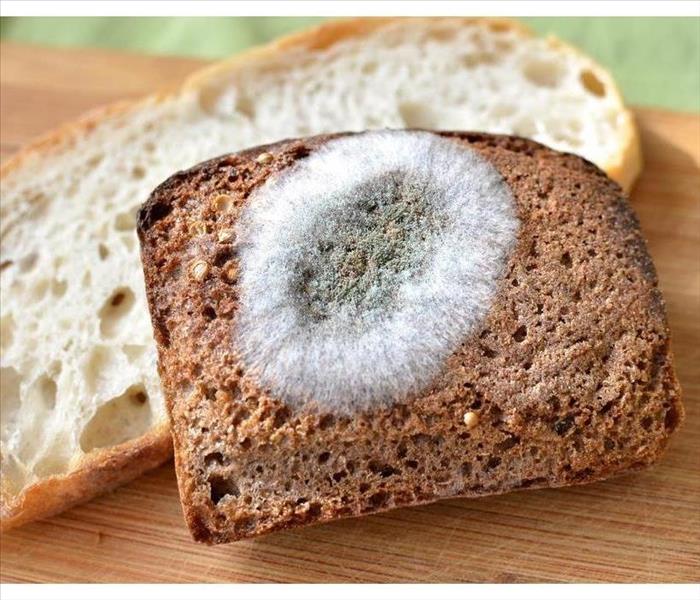Is Mold Lurking in Your Restaurant Kitchen?
5/6/2020 (Permalink)
Is Mold Lurking in Your Restaurant Kitchen?
Retaining high humidity in an industrial kitchen is like putting the welcome mat out for mold spores. Mold can go unnoticed for a long time; only mold’s musty odor gives its location away after it has already taken over an area. The trick is to prevent the mold in the first place. Since its main requirement is moisture, you can stifle mold growth by controlling the kitchen’s humidity. Be mindful of:
1. Hidden Areas
Floors and baseboards behind appliances can grow mold due to moisture buildup that goes unnoticed for a while. Floor mats can contribute to the growth of mold from the buildup of moisture and dirt in and under the mat. Kitchens can get steamy; moisture is everywhere at times. This can get into damaged or improperly waterproofed tiles, and air conditioning ducts are also vulnerable.
2. Food
Moldy food should be discarded immediately to prevent cross-contamination. All areas and containers in which food is stored should be checked and disinfected regularly.
3. Ventilation System
Due to all the sources of moisture in an industrial kitchen, it’s crucial to have proper ventilation. The ventilation system should be inspected regularly to prevent the production of excess moisture and the spread of air contaminants. Without proper ventilation, moisture accumulates and can remain virtually anywhere, causing mold growth, and sometimes even water damage.
4. Humidity Level
According to the Environmental Protection Agency (EPA), indoor humidity levels should be no more than 50%, preferably around 40% to lessen the likelihood of mold.
5. Appliances and Plumbing
Restaurant kitchens have many moisture-prone areas you may not even think to inspect. Regularly check around refrigeration units and freezers for standing water and condensation. Also check in vents, under sinks, around microwaves, and in pantries.
6. Constantly-Wet Areas
Dry wet surfaces as soon as possible. Get leaks resolved quickly, and thoroughly wring out wet rags and sponges.
Are you worried that mold growth is lurking in your Terrace Park, OH, restaurant? You can count on mold cleanup professionals to remedy the situation as quickly as possible.






 24/7 Emergency Service
24/7 Emergency Service
